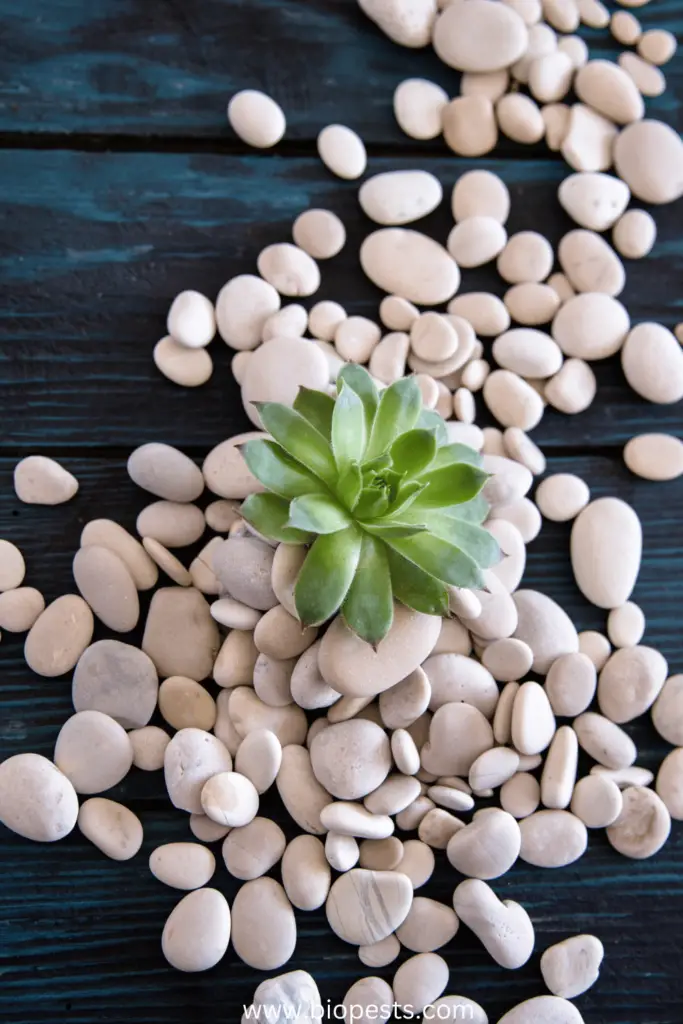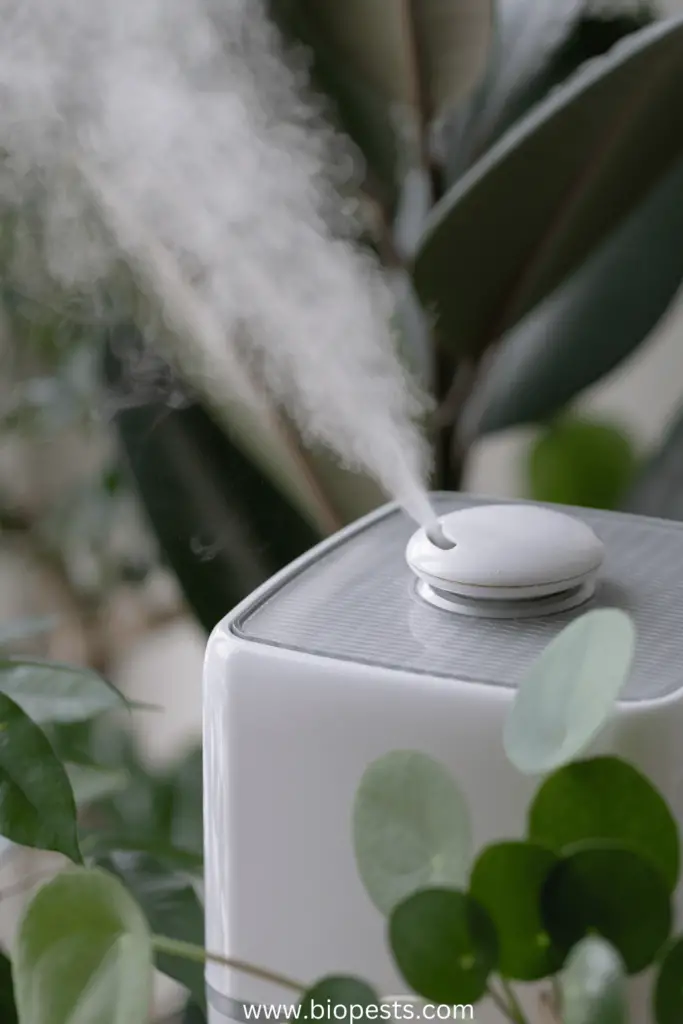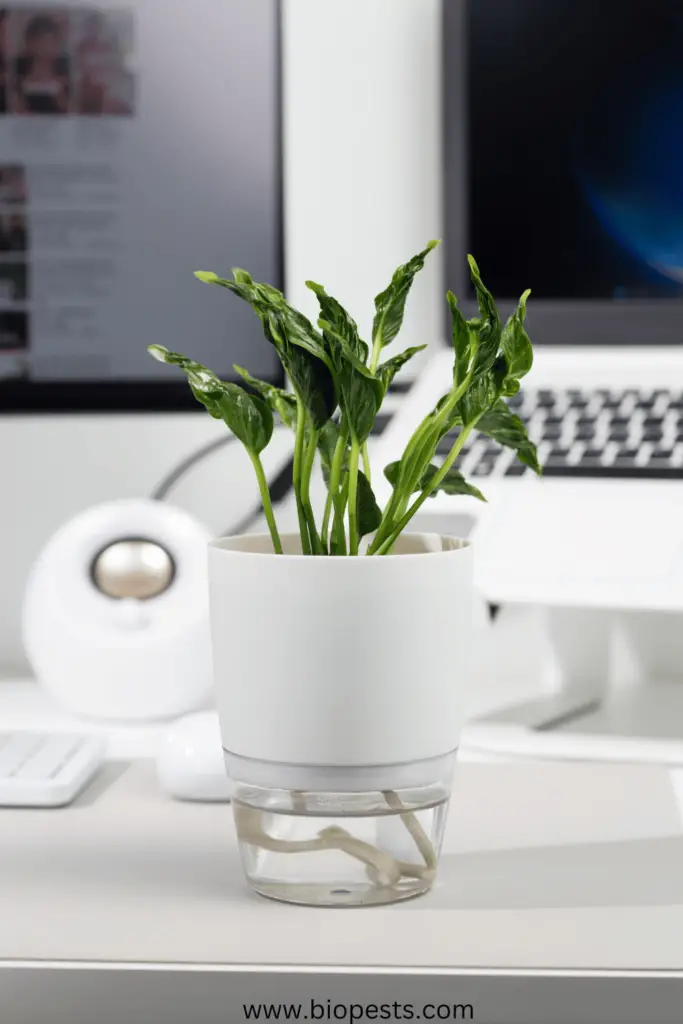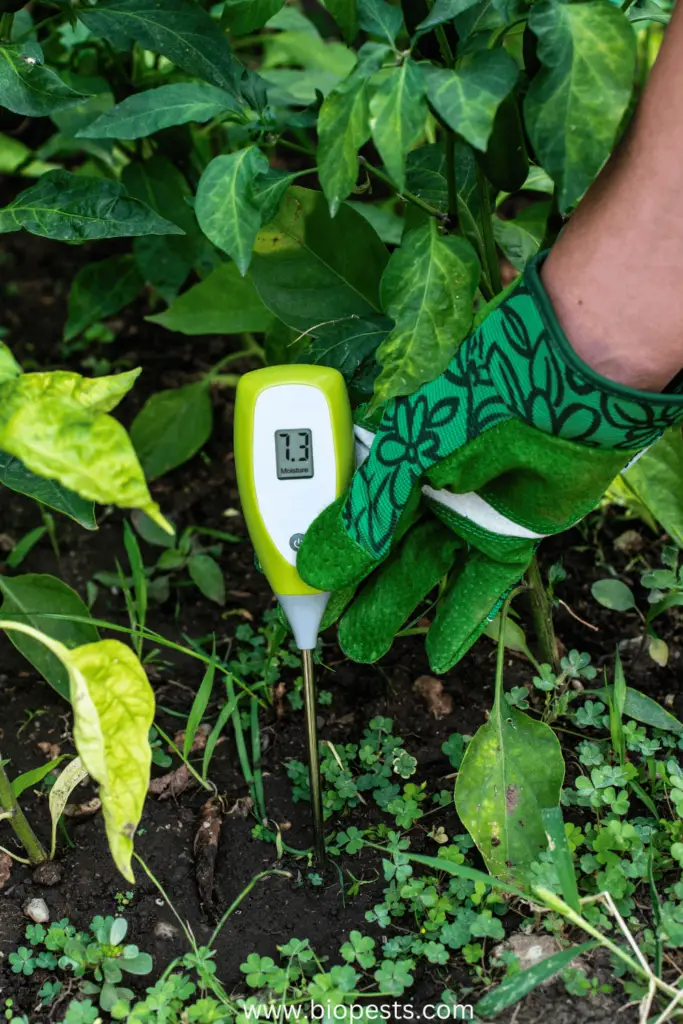Are you a plant enthusiast looking to enhance your indoor garden? You’ve come to the right place! Houseplant accessories can make all the difference when it comes to maintaining a lush and thriving indoor jungle. In this post, we’ll explore the houseplant essentials every greenery lover should have, as well as some items you might want to skip. Whether you’re new to indoor gardening or an experienced plant parent, there’s something here for everyone.
Why Houseplant Accessories Matter
Houseplant accessories are more than just decorative items. They play a crucial role in the health and growth of your plants. From ensuring proper hydration to providing adequate light, these tools can help you create the perfect environment for your indoor garden.
In this blog post, we’ll cover essential accessories like pebble trays, humidifiers, and grow lights. We’ll also discuss which accessories are worth investing in and which ones you might want to pass on. By the end, you’ll have a clear understanding of what your plants genuinely need to thrive.
1. The Essential Pebble Tray For Your Houseplant
What is a Pebble Tray?
A pebble tray is a simple yet highly effective tool for increasing humidity around your plants. It consists of a shallow tray filled with pebbles and water. The water evaporates, creating a humid microclimate that benefits moisture-loving plants.

Benefits of Using Pebble Trays
One of the main advantages of pebble trays is their ability to increase humidity. Many houseplants, especially tropical varieties, thrive in humid conditions. Pebble trays can help recreate this environment in your home, preventing issues like leaf browning and curling. Additionally, they are cost-effective and easy to set up, making them a perfect choice for plant enthusiasts on a budget.
How to Set Up a Pebble Tray
Setting up a pebble tray is straightforward. First, select a shallow tray that fits under your plant pots. Fill the tray with small pebbles or stones, then add water until it reaches just below the top of the pebbles. Place your plant pots on top, ensuring they sit above the water level. Refill the tray as needed to maintain consistent humidity levels.
2. The Humidifier Advantage
Why Humidity Matters
Humidity is crucial for many houseplants, particularly those native to tropical regions. Low humidity can lead to issues like leaf drop, wilting, and slow growth. A humidifier is an excellent solution for maintaining the right moisture levels in your home.
Choosing the Right Humidifier
When selecting a humidifier, consider the size of your growing area. Small tabletop models are suitable for individual plants or small spaces, while larger units can humidify entire rooms. Look for features like adjustable mist settings and automatic shut-off for convenience.

Placement and Maintenance
Place your humidifier near your plants but not so close that it wets the leaves directly. Regularly clean the humidifier to prevent mold and bacteria buildup. This ensures your plants get clean, healthy moisture.
3. Growing Your Houseplants With Grow Lights
The Importance of Light
Light is essential for photosynthesis, the process by which plants produce energy. However, not all homes have sufficient natural light, especially during the winter months. Grow lights can supplement sunlight and help your plants flourish year-round. Check my article about grow lights here.
Types of Grow Lights
There are several types of grow lights to choose from, including fluorescent, LED, and incandescent.
LEDs are the most energy-efficient and long-lasting option, providing the full spectrum of light that plants need. Fluorescent lights are also effective and more budget-friendly.
Setting Up Grow Lights
Position your grow lights about 6-12 inches above your plants, adjusting the height as your plants grow. Use a timer to mimic natural daylight cycles, typically 12-16 hours of light per day. This helps your plants maintain a healthy growth rhythm.
4. Self Watering Pots For Houseplants
Self-watering pots are a game-changer for busy plant parents. These pots have a reservoir that provides a consistent water supply to the plant’s roots, reducing the risk of overwatering or underwatering.

5. Moisture Meters
A moisture meter takes the guesswork out of watering. Insert the probe into the soil to get an instant reading of moisture levels, helping you determine when it’s time to water your plants.

6. Fertilizer
Regular feeding is essential for healthy plant growth. Choose a balanced, water-soluble fertilizer and follow the instructions for the best results. Fertilize during the growing season and reduce feeding in the winter. Want to know how to choose the perfect fertilizer? Check my article here.
Unnecessary Plant Accessories
Decorative Plant Misters
While plant misters look charming, they offer little benefit to most houseplants. Misting only provides a temporary increase in humidity and can lead to water spots on leaves. A pebble tray or humidifier is a more effective solution.
Expensive Plant Stands
While plant stands can elevate the look of your indoor garden, they aren’t necessary for plant health. Opt for affordable options or DIY solutions to save money without compromising style. Here is my article on plant stands.
Soil Moisture Crystals
Moisture crystals claim to help retain water in the soil, but they can actually disrupt the soil’s natural drainage and aeration. Stick to well-draining soil mixes tailored to your specific plants’ needs.
Decorative Items
While decorative items like figurines and ornaments can add charm to your indoor garden, they don’t contribute to plant health. In some cases, they can even obstruct light and air circulation, potentially harming your plants.
Plant Food Sprays
Plant food sprays often promise quick growth and vibrant foliage, but they can be unnecessary if you’re already using a balanced fertilizer. Overuse of these sprays can lead to nutrient imbalances and other issues.
Conclusion
The key to a thriving indoor garden is combining essential accessories. Use a pebble tray or humidifier for humidity, grow lights for adequate lighting, and self-watering pots for consistent moisture. These tools work together to create an optimal environment for your plants.
Regularly monitor your plants’ health and adjust your care routine as needed. Use a moisture meter to check soil conditions and adjust watering schedules. Pay attention to how your plants respond to grow lights and humidity levels, making changes if necessary.
last, but not least: join online communities and forums for plant enthusiasts. Sharing experiences and tips with fellow plant lovers can provide valuable insights and support. Additionally, follow reputable blogs and resources to stay updated on the latest trends and best practices in indoor gardening.
By following these tips and using the right accessories, you can ensure your houseplants not only survive but thrive. Don’t forget to share your experiences and join our community of plant enthusiasts. Let’s grow together!
Some of the links above are affiliate links, meaning at no additional cost to you, I will earn a commission if you click through and make a purchase.
Here are some other articles you might be interested in:
How To Choose The Right Grow Lights For Your Indoor Garden

